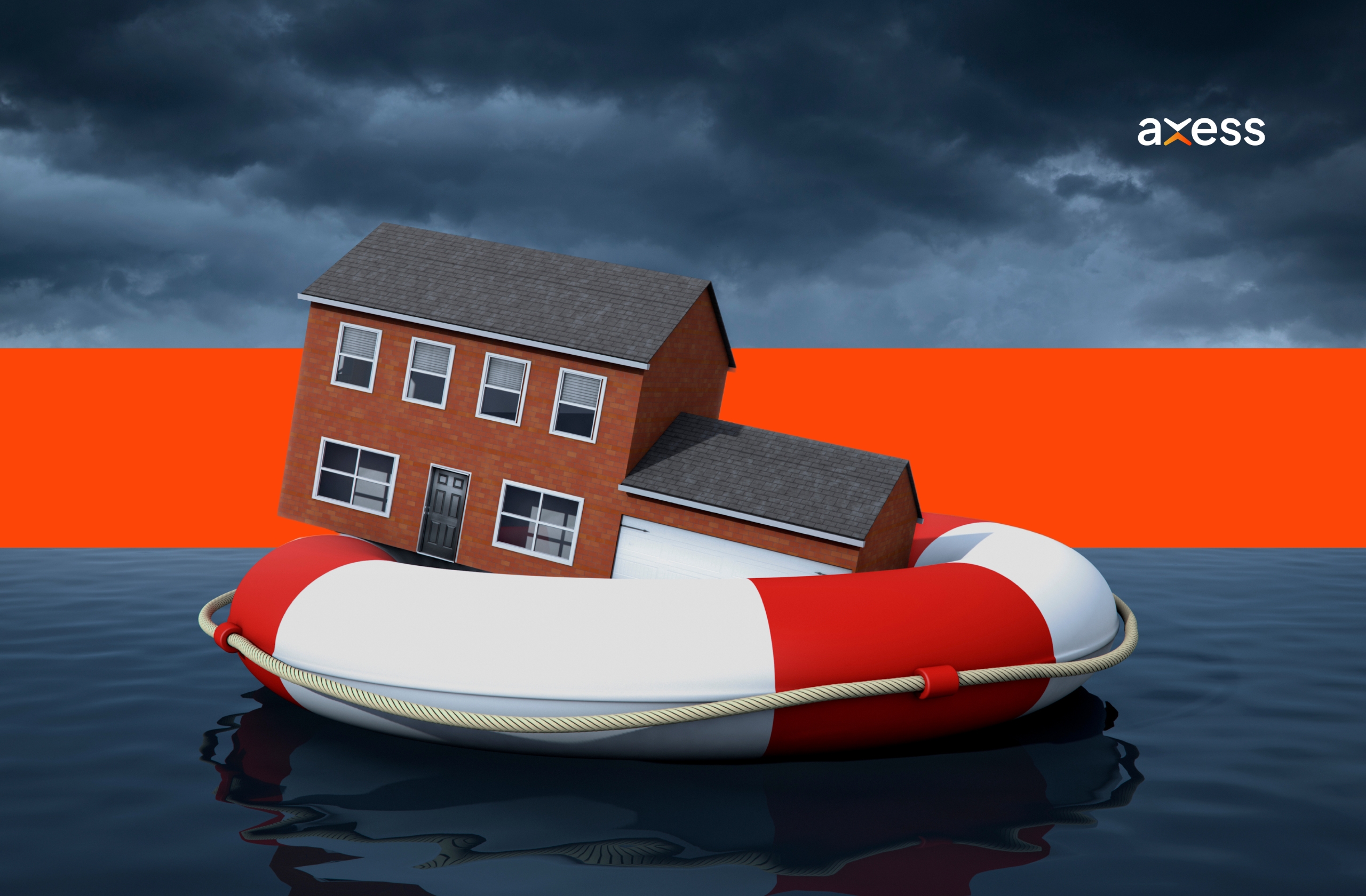Make an Insurance Claim for a House Fire
Published on 29 August 2022, 07:22:56 AM
A London fire that started in an attached garage in October 2020 caused $450,000 in damage. Know what to do if fire strikes your home.
Living Through Fire
Richmond Hill residents know the feeling. A three-alarm blaze that ripped through the roofs of their townhouse complex left “dozens of families” looking for temporary shelter just two months earlier. Lightning strikes and human error parched northern Ontario in 2018, forcing hundreds of evacuations. Amazingly, some homes made it through the mayhem.
What Causes House Fires
Nearly 47% of all Ontario fires are residential. Ontario Office of the Fire Marshal and Emergency Management stats reveal most are caused by cooking misadventures (18%), dropping a lit cigarette (7%) or using candles (2%). Faulty electrical wiring or outlets and malfunctioning appliances, heaters or cooling systems ignited 26% of home fires.
What Happens to a Fire-Damaged Home
What happens to homes that survive wildfire or homeowner mishaps could make you think twice about scrimping on home insurance. Extinguishing a fire floods the structure with water and coats the exterior and interior with chemical-laden fire retardants. Wood rot, mould and mildew or harmful toxins can infiltrate the floors, wallboard, siding and roof. Your fire-damaged home could require substantial restoration or a complete rebuild.
Firefighting Foam Contaminates Wells
Smiths Falls residents are in the legal battle of their lives over a chemical-based foam used on the 2017 Rideau Valley Marketplace blaze. Taps in nearby homes began to foam the day after. Ten days later, residents were advised not to use their well water. PFAs (perfluorinated alkyl compounds) in the supposedly environmentally friendly foam and toxins from old tires and chemicals stored at the marketplace had seeped into it.
Foam Retardants Can Last Forever
They have good reason to be uptight. University of Toronto earth sciences professor Miriam Diamond says PFAS in firefighting foam “are, to the best of our knowledge, almost infinitely persistent and are very mobile” (CBC News, July 13, 2017). Former Stone Mills fire captain Quincy Emmons had a similar worry when he researched the effects of polyfluoroalkyl, a chemical that affects the immune system. He and FireRein partner Zackery Hodgen now sell pet- and person-friendly Eco-Gel to put out house fires. Their cornstarch and canola oil plant-based product is a green alternative to PFAs. Who knows what’s in your fire station’s arsenal?
Should You Repair or Rebuild?
You may think homeowner insurance covers the full replacement or repair value of a fire-damaged residence. But that’s not always the case, especially if you opted for a cheaper, actual cash value package. Those expensive finishes and custom craftmanship — Crown mouldings, tray ceilings or hand-carved iron railings — that attracted you to the home in the first place can take an insurance hit. Add inflation to the price of building supplies, transporting materials to the site and labour expenses and you could pay way more today for the same high-end finishes you originally enjoyed.
Act Quickly to Protect Your Legal Rights
Little wonder fire-damaged homes can be such a financial burden. Restoring life back to your home is time consuming and taxing. So what to do first? Call your insurance company immediately to report the loss or damage (most have a 24/7 claims line) and board up the property to prevent weather damage, theft or vandalism. An insurance claims adjuster will conduct a thorough inspection to determine the cost of rebuilding or repairing your home and offer a settlement or list of contractors who can repair it.
Sizing Up the Damages
Moving out temporarily may be inconvenient, but structural damages can make your home unsafe for occupation:
- melted or warped plumbing and misaligned door or window frames
- charred or rotted through rafters and floor joists from water damage
- burnt timber in subfloors
- burnt electrical wires
- damaged or smokey insulation
- mould or mildew behind drywall and in insulation
- and HVAC vents that require replacing or deep cleaning to prevent smoke from recirculating.
Damage to interior finishes from soot, smoke, ash and flames are usually covered by home owner insurance policies. You’ll need a restoration service to:
- scrub or replace, prime and repaint walls and trim to block odours and repair water damage
- stabilize kitchen and bathroom cupboards compromised by wood or water damage that can no longer support the weight of stone countertops like granite or quartz
- clean everywhere
- shampoo or replace wall-to-wall carpets
- and refinish hardwood or laminate and vinyl flooring.
Preparing the Proof of Loss Claim
The insurance proof of loss form you’ll be asked to complete lists lost or damaged property and their estimated value. Most insurers give you up to 30 days to submit the form. Be thorough and honest. Unless you want your insurance voided, now is not the time to fudge the facts.
File a Claim for Insurance Losses
Axess Law Ontario commissioners of oaths can witness your signature on a proof of loss affidavit for insurance claims. E-signing appointments are available via onine video conference 7 days a week, at your convenience. You can make a virtual video call with a commissioner of oaths anywhere in Ontario. Dial toll free to 1-877-552-9377 or 647-479-0118 in Toronto or use our online booking form to make an appointment. Drop-in appointments are available our Toronto, Scarborough, Vaughan, Etobicoke, Ottawa, Mississauga Winston Churchill or Mississauga Heartland law offices.
Click here to learn more about Axess Law’s commissioner of oath services.
Photo by Comfreak | Pixabay.





